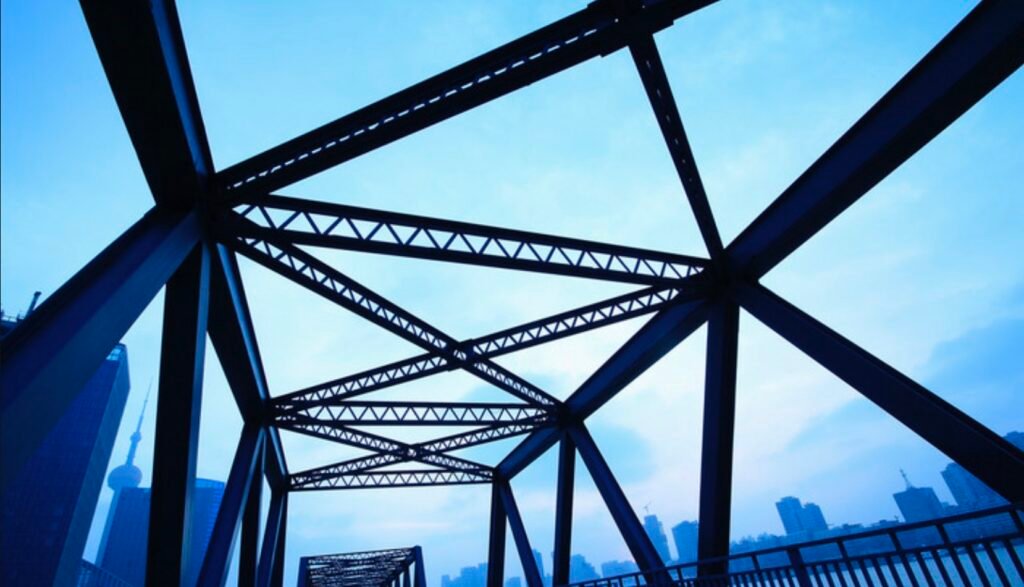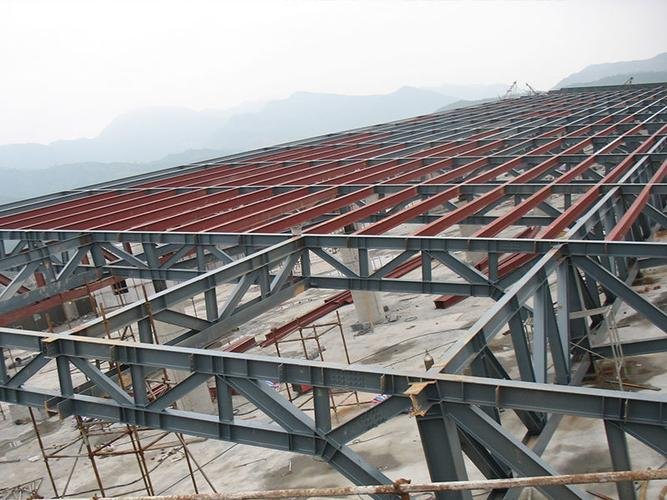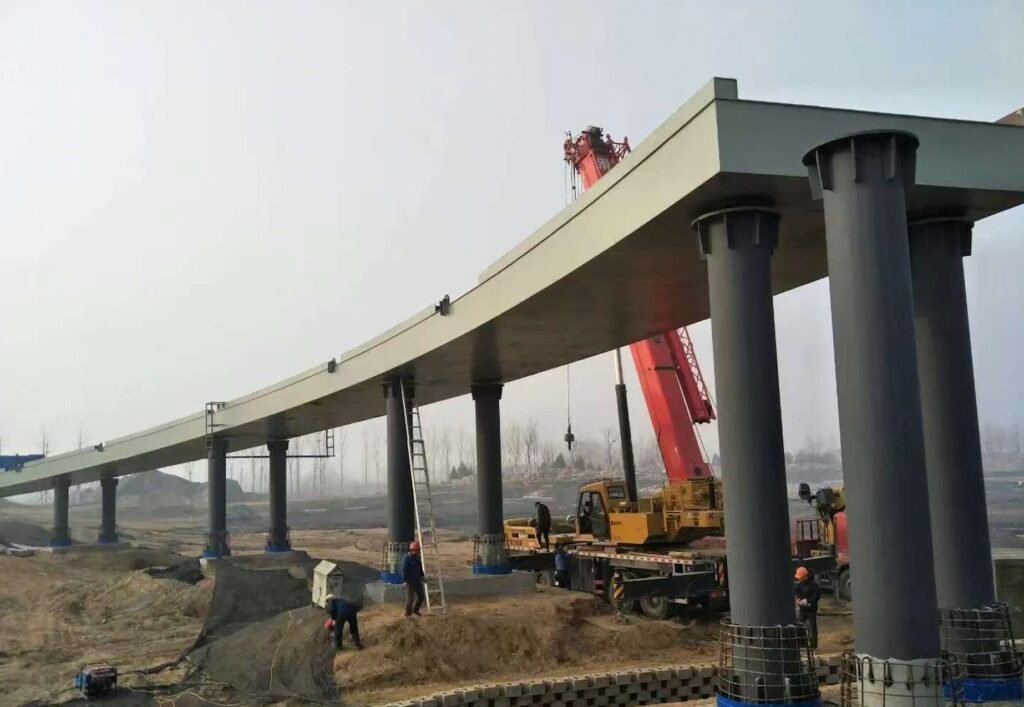- What is A Steel Bridge Structure?
- How Does A Steel Bridge Structure Work?
- What Are Benefits of A Steel Bridge Structure?
- Summary
Steel bridge structures are a vital component of modern infrastructure, playing a crucial role in transportation networks around the world. In this article, we will explore what a steel bridge structure is, how it works, and the benefits it offers.
1. What Is A Steel Bridge Structure?
A steel bridge structure is a type of bridge that primarily uses steel as its main construction material. Steel is favored for its strength, durability, and versatility, making it suitable for various bridge types, such as beam, arch, and truss bridges.
1.1 Types of Steel Bridges
- Beam Bridges: These are the simplest form, consisting of horizontal beams supported at each end. They are often used for short spans.
- Truss Bridges: Comprising triangular units, truss bridges distribute loads efficiently and are effective for longer spans.
- Arch Bridges: These bridges use a curved arch to support the load, transferring it to the abutments at either end.
1.2 Materials Used
While steel is the primary material, other components may include concrete for the deck and foundations, as well as various coatings to protect against corrosion.

2. How Does A Steel Bridge Structure Work?
Steel bridges operate by efficiently transferring loads from the deck (the surface where vehicles and pedestrians travel) to the supports (piers and abutments) below. The mechanics involve several key principles:
2.1 Load Distribution
When a load, such as a vehicle, crosses a bridge, the weight is distributed across the steel beams and trusses. This distribution minimizes stress on any single component, allowing the structure to handle heavy loads safely.
2.2 Structural Components
- Beams: Horizontal members that carry loads and distribute them to vertical supports.
- Trusses: These triangular frameworks enhance stability and strength while reducing the amount of material needed.
- Decking: The surface layer of the bridge, which can be made of concrete or steel plates, providing a durable driving surface.
2.3 Engineering Considerations
Designing a steel bridge structure involves calculations to ensure it can safely withstand various forces, including live loads (traffic), dead loads (the weight of the structure itself), and environmental factors like wind and seismic activity. Engineers use computer-aided design (CAD) software and simulation tools to model the bridge’s performance under different conditions.

3. What Are Benefits of A Steel Bridge Structure?
Steel bridge structures offer numerous advantages, making them a popular choice for engineers and urban planners. Here are some key benefits:
3.1 Strength and Durability
Steel is known for its high strength-to-weight ratio, allowing for longer spans without the need for extensive supports. This characteristic makes steel bridges particularly suitable for areas with challenging terrain or where minimizing environmental impact is essential.
3.2 Cost-Effectiveness
Although the initial cost of steel can be higher than other materials, the long-term benefits often outweigh this. Steel bridges typically require less maintenance and have a longer lifespan, resulting in lower lifetime costs.
3.3 Rapid Construction
Steel components can be prefabricated off-site, allowing for quicker assembly on location. This speed reduces construction time, minimizes traffic disruption, and lowers labor costs.
3.4 Flexibility and Aesthetic Appeal
Steel bridges can be designed in various styles, from modern to traditional, enhancing the visual appeal of the landscape. They can also be engineered to accommodate specific design requirements, making them adaptable to different environments.
3.5 Sustainability
Steel is a recyclable material, and many steel bridges are designed with sustainability in mind. Using recycled steel reduces the demand for new raw materials, and the long lifespan of steel bridges minimizes the need for replacements.
3.6 Resistance to Environmental Factors
Steel bridges can be treated with protective coatings to resist corrosion, making them suitable for various climates and environments. This resilience extends their usability in areas prone to extreme weather.
4.Summary
Steel bridge structures are essential for modern transportation, combining strength, durability, and cost-effectiveness. Understanding their design and functionality reveals their significant role in infrastructure. With benefits such as rapid construction and sustainability, steel bridges will continue to be a preferred choice for engineers and urban planners alike. As technology advances, the efficiency and aesthetic possibilities of steel bridges will likely evolve, reinforcing their importance in our infrastructure landscape.
Contact Zhuohang now to obtain customized one-stop steel frame building construction solutions and jointly create a more resilient urban future!

